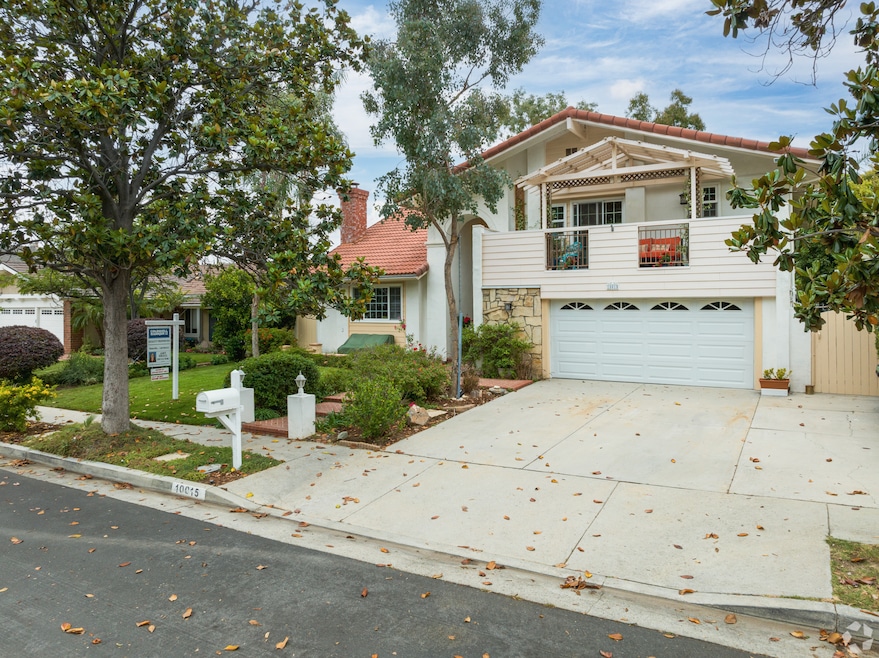The Trump administration is working on another idea to tackle housing affordability by letting homeowners apply the terms of their current mortgage to a new home when they move.
Federal Housing Finance Agency Director Bill Pulte said on Wednesday that the administration is “actively evaluating” so-called portable mortgages. Portable mortgages exist in the United Kingdom and Canada but not in the United States.
The idea comes as the administration intensified its push to improve housing affordability over the past week. Pulte — who oversees Fannie Mae and Freddie Mac, the two-government-backed entities effectively guaranteeing more than half of all U.S. mortgages — said officials are also weighing how to expand assumable mortgages and whether to introduce a 50-year mortgage option.
Average 30-year mortgage rates have hovered between 6% and 7% over the past few years. This dynamic has pushed many homeowners who secured lower rates in previous years to be less inclined to move, as doing so would likely result in taking on mortgages with today's higher rates.
Data from the ICE Mortgage Monitor indicates that, as of late October 2025, approximately 13 million U.S. mortgage holders have rates below 6%, with 8.9 million below 5% and 5.9 million below 4%.
Allowing them to apply those lower-rate mortgages to a new home might be enough to coax some people into the market.
“If those homeowners use a portable mortgage to buy another property, they're going to become buyers. So, it increases the inventory, but it also increases the demand. So, it's a wash from that point of view,” Brad Case, chief residential economist at Homes.com, said in an interview.
However, questions remain about how portable mortgages would function in practice and whether they might lead to higher interest rates.
The Federal Housing Finance Agency did not provide further details about its plans for portable mortgages. In a statement, the agency’s spokesperson said they are reviewing “a wide variety of options” to lower homeownership costs.
What is a portable mortgage and how would it work?
A portable mortgage would let borrowers transfer their existing mortgage, including its interest rate, balance and terms, from their current property to a new one.
“A portable mortgage merely says, If you're going to move to a different house, you can keep the mortgage and transfer the security to the new house,” Case said.
If you buy a cheaper house: You'd pay down the difference between the existing mortgage and the new home price from the proceeds of your sale.
If you buy a more expensive home: You'd pay the extra in cash or perhaps take out a second mortgage to cover the difference.
Either way, you keep your rate: You'd retain your original interest rate and loan terms.
The transition between selling and buying would likely be quick. There couldn't be a period when the loan isn’t secured by a property.
Portability could be a blessing to buyers who feel trapped where they are.
“The key piece is that it gives people an opportunity to move to get a better job, to move to a different city or to a different part of the city than they're in,” Case said. “Anything that increases mobility, increases liquidity.”
Drawbacks to portable mortgages
Portable mortgages could disrupt a key driver of the U.S. housing market: mortgage-backed securities — loans that are pooled together and sold to investors. This provides the liquidity needed to issue new mortgages and keep the market moving.
If homeowners were able to transfer their mortgages when they moved, fewer loans would be paid off ahead of schedule. This would increase risk for investors, who possibly would respond by seeking higher interest rates as compensation, Case said.
Additionally, Case pointed out that some fees wouldn't go away. The application process would likely be similar to a standard mortgage; the lender would want to confirm the new home’s value and clear the home's title, for instance. You would likely need to provide updated financial information like your income, but the loan terms wouldn't change. Minor fees like appraisals and title recording possibly would apply, but not the larger costs associated with refinancing.

